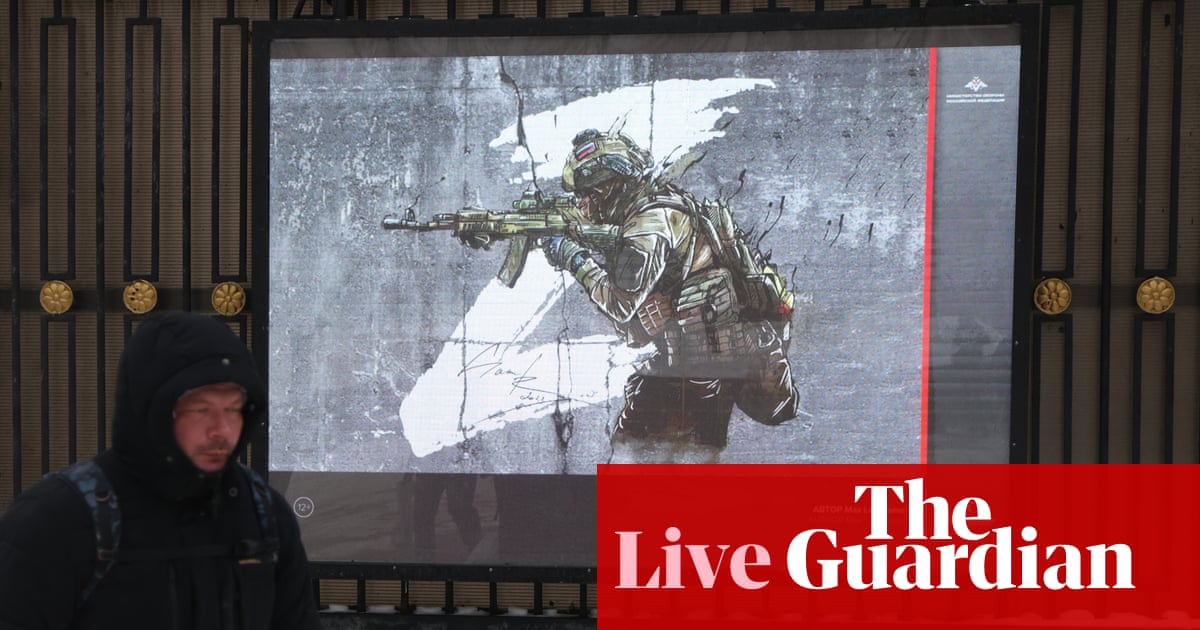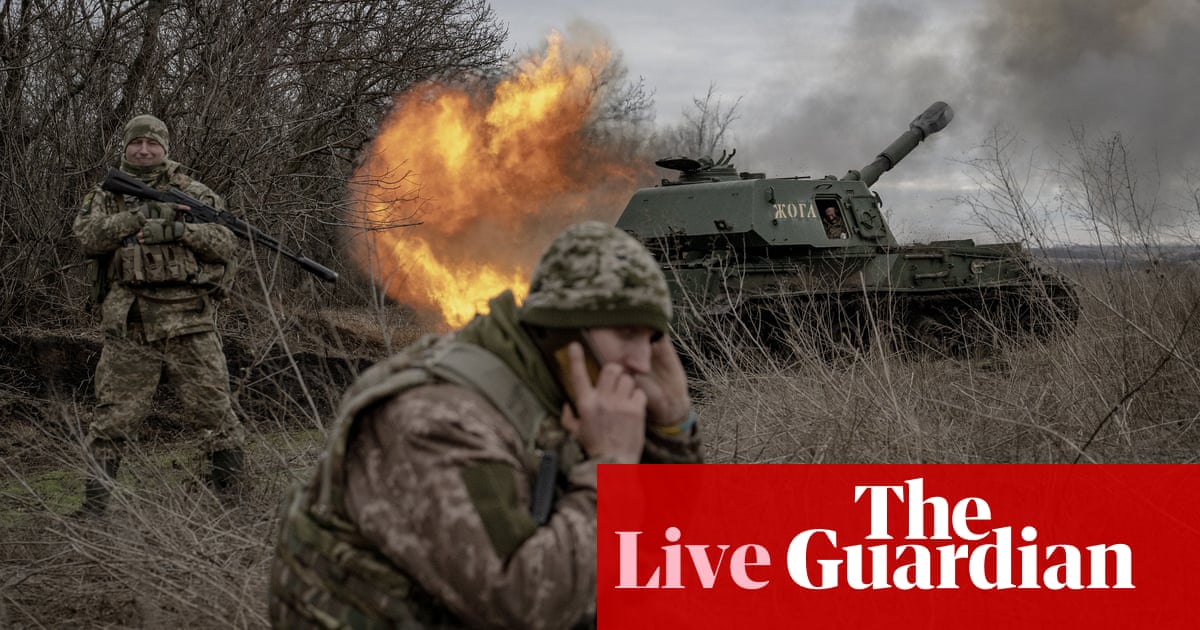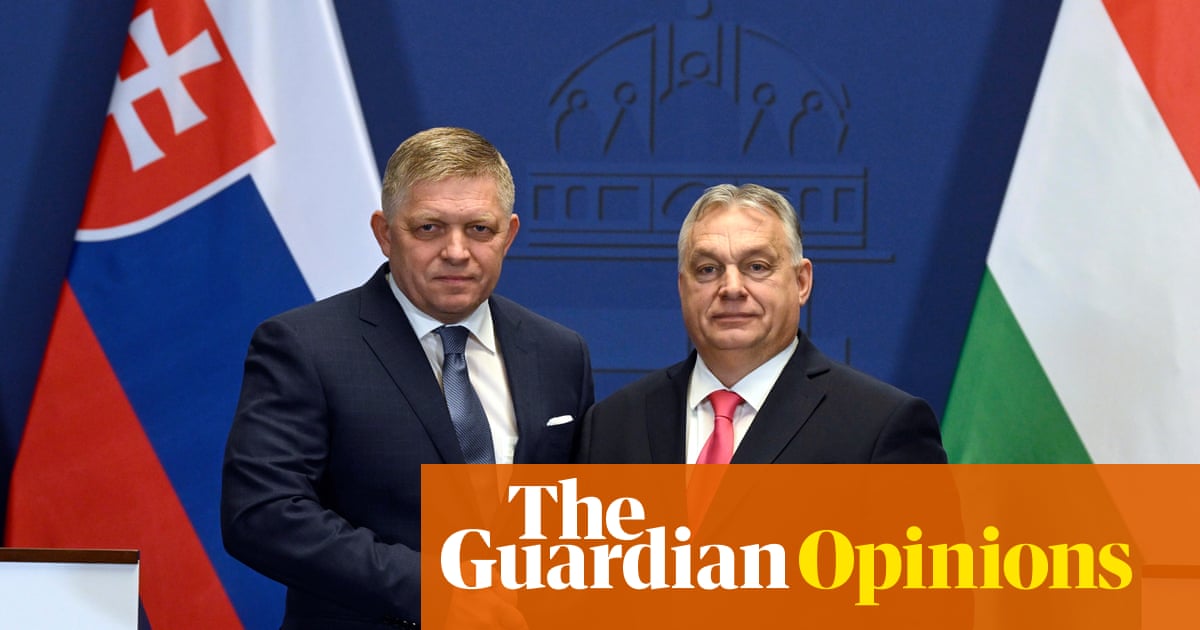
Trucks carrying large cylindrical containers sweep down a snowy road to a soundtrack of hollering and an alarming, if amateurish, caption: “RUSIA NUCLEAR BOMB”. The video was taken down, but not before it received 18m views. Welcome to the Russia-Ukraine conflict on TikTok.
TikTok has 1 billion users worldwide and is an important news source for adults and particularly those under 25. A quarter of US adults say they always use TikTok to get the news, with nearly half of US millennial and Gen Z adults – under-41s and under-25s respectively – indicating the same, according to analysis firm Forrester Research.
Mike Proulx, a research director at Forrester, says TikTok’s algorithm, which curates what users see, has combined with the app’s popularity to make it a compelling outlet for people looking for information on the conflict.
“The confluence of social media and mobile has enabled everyone to be instant, on-the-ground publishers. Add TikTok’s algorithm and popularity into the mix, and you get the perfect storm of content virality,” he says. According to Forrester, half of adults under 25 in the UK use TikTok at least once a week.
Ukraine footage on TikTok varies wildly, from satirical commentary to false footage and accurate news clips.
A London-based TikToker, Nikita Redkar, has received nearly 3m views for her tongue-in-cheek clip describing the conflict like a relationship breakdown: “Back in the 90s Russia and Ukraine used to be a thing but things got really messy and they broke up.” An even more popular follow-up post, captioned “Will there be a WW3?” continues with the theme, describing Nato as a “group of besties” who cannot support Ukraine because “you don’t roll with the crew”.
Pdotz, a popular British TikToker with more than half a million followers, has received about 3m views for his explainers on the conflict.
Other posts are from TikTok users presenting looped footage as live images from the conflict. An example of this included a video flagged by the Center for Countering Digital Hate (CCDH) in which live footage purportedly from the point of view of a Ukrainian soldier was in fact on a loop. The account that posed the footage, and similar videos, received millions of views before disappearing. CCDH says it is problematic that TikTok videos do not show where a clip was posted, meaning that viewers are unable to discern whether footage ostensibly from the frontlines of the conflict is posted from Moscow, for instance.
Imran Ahmed, the chief executive of CCDH, says TikTok has unique features that allow the rapid spread of false information. “The algorithm is currently aggressively promoting Ukraine-related content, irrespective of whether it’s true or not,” he said. “Unlike other platforms, it also provides users with little metadata with which users can do their own verification work – or even find out where this footage is coming from.”
TikTok, which is owned by the Chinese company ByteDance, says it took down the “RUSIA NUCLEAR BOMB” video for violating its community guidelines on integrity and authenticity. TikTok says it will also remove accounts that violate those guidelines although the account behind the nuclear video is still live.
A TikTok spokesperson said: “We continue to respond to the war in Ukraine with increased safety and security resources to detect emerging threats and remove harmful misinformation and other violations of our community guidelines. We also partner with independent factchecking organisations to support our efforts to help TikTok remain a safe and authentic place.”
TikToks about misinformation, and how to spot it, are also proving popular. Abbie Richards, a TikToker with 536,000 followers who regularly posts on misinformation, has received more than half a million views for her guide to spotting false videos – including overdubbed audio and recycling old footage. Old footage has proved popular. One video captioned “Ukrainian soldiers saying goodbye to their families” has had 2.8m views but is clearly footage of US soldiers and their loved ones. Video game footage has also been adapted, with one clip purportedly showing a Ukrainian jet downing a Russian fighter – which has had nearly 10m views and is still live – but can be traced to a YouTube video made on a flight simulator game. The ITV News TikTok account is posting regularly on Ukraine and is garnering up to 400,000 views for its posts, but pales in comparison with less expert accounts with the same, or fewer, followers.
There is nothing unusual about TikTok’s algorithm compared with other platforms, according to Julian McAuley, a professor of computer science at the University of California, San Diego. “TikTok uses fairly ‘standard’ recommendation technology that will mostly recommend content that’s consistent with what users have previously engaged with. If users frequently consume misinformation (or slanted content), they’re likely to see more of it.”
Russian influencers are also getting involved. Niki Proshin, a 27-year-old Russian TikToker with 765,00 followers, posted a video in which he said he was speaking for “regular Russians” and “normal people in Russia do not support this [war]”. Meanwhile, Marta Vasyuta, a Ukrainian-British TikToker with 187,000 followers, has been regularly posting footage of the conflict that has attracted millions of views from users on the platform.
Asked why she was posting the footage, Vasyuta said: “I want more people to be aware about what is going on in my country.”












